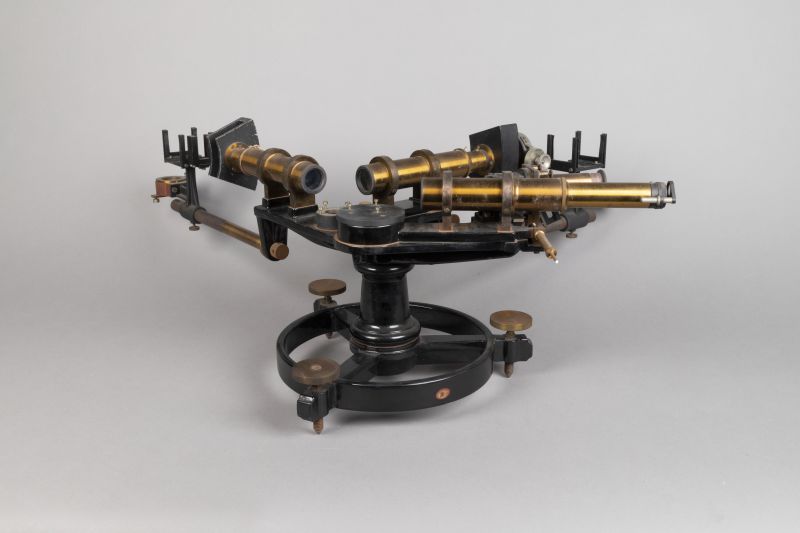
Spectrometer
2022.012.022


The late nineteenth century was a crucial one for the conceptual development of physics and its foundation as an academic discipline. In this era, there was a growing interest in the fields of mechanics, electricity, magnetism, and optics, and a growing interest in developing a unified theory of physics that explained these phenomena under the framework of a mechanical view of nature. When MIT was founded, physics was one of the premier sciences of the era.
Physics was taught at MIT since the first classes were offered in 1865, and the Institute’s founder and first president, William Barton Rogers, was its first physics professor. In 1869, Rogers established the Physical Laboratory to teach physics in a fundamentally new way. Rather than learning through textbooks and recitations, he believed that physics should be taught with a hands-on, laboratory-based model. The Rogers Laboratory, as it was later called, was full of scientific instruments like the ones in this collection, and MIT students and faculty went on to bring the MIT style of teaching to other universities.
One of these was chemistry professor James Flack Norris, who left MIT in 1904 to found the science department at the newly formed Simmons University. He brought with him the Institute’s pedagogical methods and filled the physics teaching laboratory with the same kinds of instruments that MIT had.
When MIT moved from its Boston campus to Cambridge in 1916, much of the material in the teaching laboratories did not make the move. While the museum does have some material from the original Rogers Laboratory of Physics (like these vacuum tubes), these items are not a complete representation of what would have been in the laboratory in the late nineteenth and early twentieth centuries.
The material in the James Flack Norris Teaching Collection, which was donated to the museum from Simmons University’s Physics Department, represents the standard apparatuses that MIT students would have encountered in the first forty years of the Institute’s history. These instruments represent one of MIT’s most enduring legacies— teaching by doing.